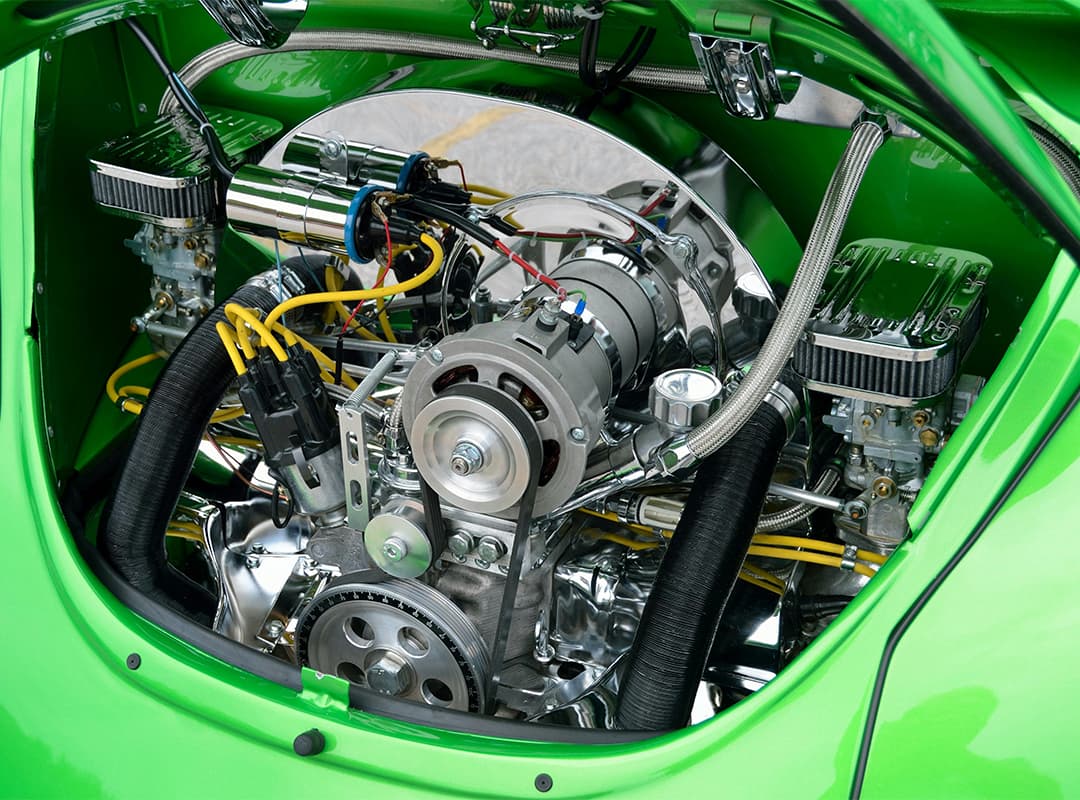The engine is one of the most important parts of the vehicle, and a malfunction can cause serious problems in the operation of the vehicle. Therefore, if there are signs of an engine malfunction, you need to take immediate action. In this article, we’ll take a look at the main methods and tools for diagnosing a car engine.
When you need to diagnose the car engine
A warning light is on, the engine is running intermittently, there are strange sounds in the engine, there is a strange smell in the cabin, the engine is smoking – all these are signs of a possible engine malfunction that require immediate intervention. There may be other symptoms that need to be taken into account to determine the cause of the malfunction.
How to perform basic car engine diagnostics
Basic car engine diagnostics can be performed manually using tools such as calipers, micrometers, and pressure gauges, as well as special devices such as a compressometer and vacuum gauge. One of the most important diagnostic methods is to check the engine oil for contamination and the presence of metal particles.
Features of computer car diagnostics
Computerized vehicle diagnostics allows for a more accurate and detailed engine check. This is done using special equipment that is connected to the vehicle’s diagnostic connector. With the help of computer diagnostics, you can check the status of various vehicle systems, including the ignition system, fuel system, cooling system and exhaust system. In addition, computer diagnostics allows you to read errors that may occur in the engine management system and determine their cause.
Differences in diesel engine diagnostics
A diesel engine differs from a gasoline engine in that it uses diesel fuel and has a higher compression ratio. This means that specialized equipment and methods are required to diagnose a diesel engine.
One method of diagnosing a diesel engine is to check compression. To do this, a compressometer is used to measure the pressure in each cylinder of the engine. If the pressure in one or more cylinders is too low, this may indicate a malfunction of the piston rings or cylinder head.
Another method of diagnosing a diesel engine is to check the fuel injection system. For this purpose, special devices are used, such as testers and controllers, which allow for a detailed check of the injection system and identify malfunctions.
Diagnosing a car engine with an endoscope
An endoscope is a special device that allows you to inspect the internal parts of an engine, such as pistons, valves, liners, etc. It is a very useful tool for diagnosing malfunctions such as piston ring wear, valve damage, etc. The endoscope can be used as an additional tool along with other diagnostic methods.
In conclusion, car engine diagnostics is a very important process that allows you to determine the causes of malfunctions and take appropriate measures. Basic diagnostics can be carried out manually with the help of tools, while computer diagnostics allows for a more accurate check. Specialized equipment and methods are required to diagnose a diesel engine, and an endoscope can be used as an additional tool. If there are signs of engine malfunction, you should contact a specialist to diagnose and fix the problem.
